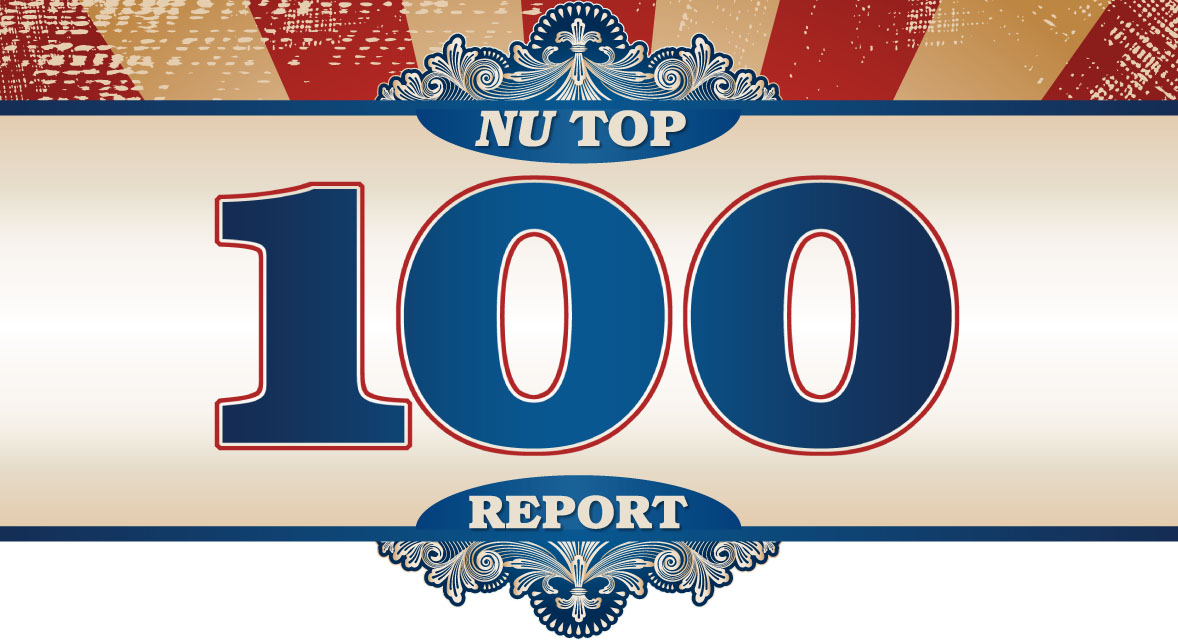
Two-thirds of the names on NU's exclusive annual list of the Top 100 P&C insurance groups saw net-premiums written increase in 2010—but combined ratios worsened for almost as many.
Sixty-five out of the 100 groups (ranked by net-premiums written in 2010) recorded premium jumps last year, with just about all of the double-digit leaps explained by acquisitions, not organic growth.
Recommended For You
Want to continue reading?
Become a Free PropertyCasualty360 Digital Reader
Your access to unlimited PropertyCasualty360 content isn’t changing.
Once you are an ALM digital member, you’ll receive:
- Breaking insurance news and analysis, on-site and via our newsletters and custom alerts
- Weekly Insurance Speak podcast featuring exclusive interviews with industry leaders
- Educational webcasts, white papers, and ebooks from industry thought leaders
- Critical converage of the employee benefits and financial advisory markets on our other ALM sites, BenefitsPRO and ThinkAdvisor
Already have an account? Sign In Now
© Touchpoint Markets, All Rights Reserved. Request academic re-use from www.copyright.com. All other uses, submit a request to [email protected]. For more inforrmation visit Asset & Logo Licensing.







